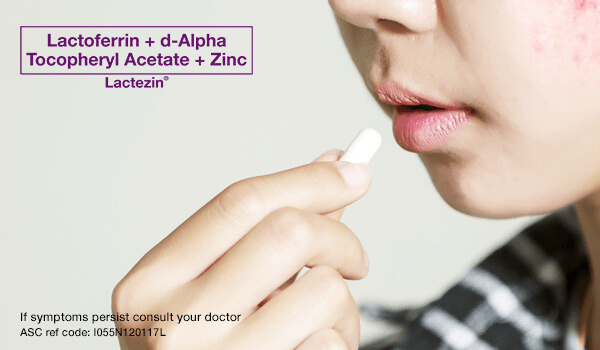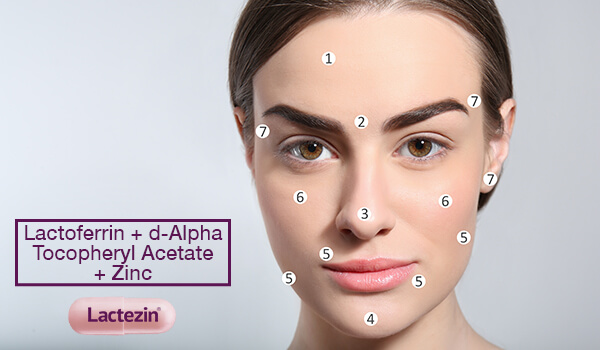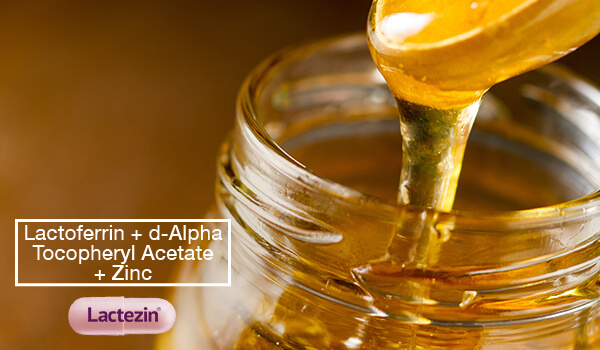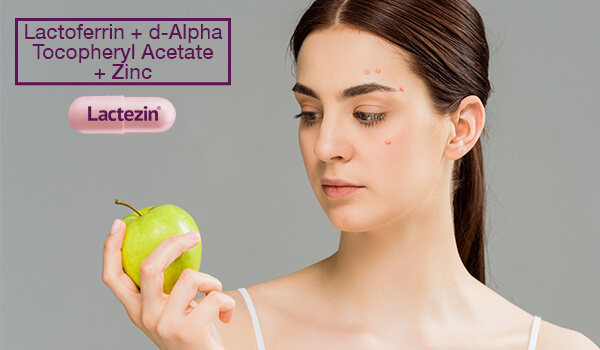Chest Acne: Here's What's Causing It and How to Get Rid of It
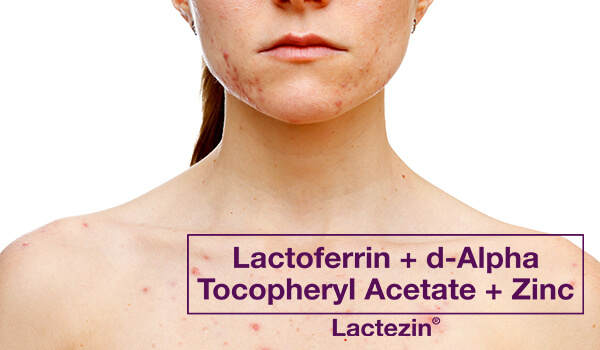
Acne in the chest area can be particularly annoying, especially in a humid country like the Philippines where it’s normal to have more skin on display. Unfortunately, for some facial acne sufferers, chest area breakouts are also a normal occurrence.
What’s causing it?
Regardless of location, acne vulgaris is caused by excess oil and dead skin cells that clog pores and lead to bacteria overgrowth and inflammation. In short, chest acne isn’t all that different from facial acne. However, factors that don’t affect the face like excessive sweating, chafing from clothing, and barrier-forming skin care can trigger its formation.
I have spots on my chest area.
Before diving into ways on how to get rid of it, it’s important to first identify if these spots really are acne. Several skin ailments appear on the chest that can look like acne. One of those is Pityrosporum Folliculitis, a condition that is often misdiagnosed as acne wherein yeast gets into the hair follicles, setting up an itchy, acne-like breakout.
Another acne-like condition that also can also occur in the chest area is Gram Negative Folliculitis. It is a bacterial infection of the hair follicle and it most commonly occurs in individuals who are taking long term antibiotics for acne or rosacea. Over time, the oral antibiotics can sometimes cause a change in the skin’s normal bacteria, resulting in infection– which can look like acne.
What causes acne on the chest area?
External irritants like exercise can form chest acne. Heat, sweat, and wearing heavy, non-breathable workout clothes can aggravate, chafe, and inflame the skin on the chest area.
Another potential cause could be the body lotion you’re using. Acne-sufferers seek out light, oil-free moisturizers for the face but use heavy, pore-clogging lotions or oils on their bodies, which may trigger or worsen acne on the chest.
Laundry detergent could also potentially irritate the skin as you might be allergic to certain chemicals and scents. Most of these products are made with fragrances and dyes that can easily exacerbate not only your chest area but other parts of your body as well.
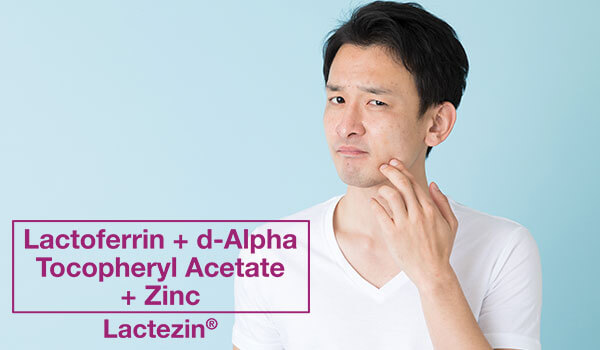
So, how can I get rid of it?
As mentioned, friction between clothing and skin combined with heat and sweat can inflame pores. Sure, tight workout gear looks cute, but breathable fabrics like cotton in looser fits are recommended. Also, make it a habit to shower immediately after a workout session to avoid chest acne as much as possible. If you can’t shower right away, wipe down your chest area with a cloth or an unscented cotton wipe.
When washing clothes, it is recommended to use dye-free, fragrance-free, and hypoallergenic laundry detergents and fabric softeners.
For body care, popular acne-fighting ingredients like salicylic acid and benzoyl peroxide work just as well on the chest region. These ingredients can kill bacteria that reside in pores while also unclogging them. Niacinamide can reduce inflammation and retinoid can also exfoliate skin and unclog pores. Stick to lightweight body moisturizers to allow your skin to breathe and maintain clear skin all over.
You can also try an oral medication that has Lactoferrin. This natural ingredient has antibacterial and anti-inflammatory properties that strengthen the body’s defenses to fight bacteria while reducing inflammation and the production of sebum.
If symptoms persist, consult your doctor
Click here to learn more about Lactoferrin + d-Alpha Tocopheryl Acetate + Zinc (Lactezin): how Lactezin® works.
SOURCES:
https://www.rd.com/health/beauty/chest-acne/
https://www.healthline.com/health/beauty-skin-care/chest-acne#laundry-detergent
